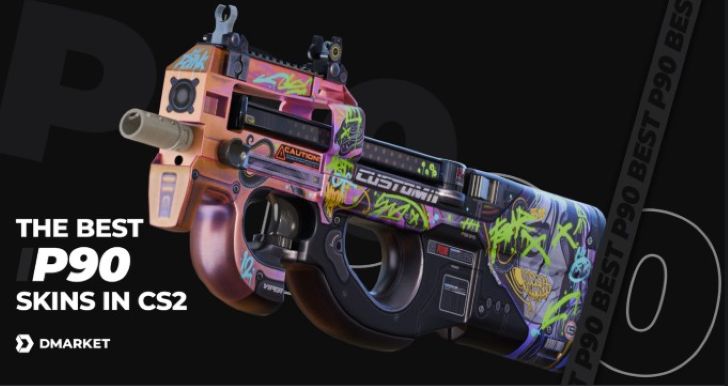Video games have introduced a thriving economy centered around in-game skins. These digital items, which players use to customize their weapons, have become valuable assets. As they carry aesthetic appeal and sometimes even monetary value, trading CS skins has evolved into a hobby and business for many.
With skins available in various qualities, rarities, and designs, trading them has become a competitive and profitable activity. Players buy, sell, and trade cs2 skins in hope of finding rare or valuable items, or simply to change up their loadout.
Trading has also gained significant popularity due to its potential to make real money—plus the in-game advantages. But with so many options available, understanding the best practices and platforms to use can make all the difference in your trading experience.
The Basics of Skin Trading
Skins can range from common to extremely rare, with some fetching hundreds or even thousands of dollars. The rarity of a skin is largely determined by factors such as its exterior, whether it’s a limited edition, and overall demand in the community.
When trading, the goal is typically to acquire skins that look appealing or have the potential to increase in value. Some players may choose to keep them as collectibles, while others aim to maximize their profits by flipping items. It can be enjoyable, but it’s important to understand how market trends work.
Best Platforms to Trade CS Skins
Among the most trusted and feature-rich is DMarket, a marketplace where players can buy, sell, or trade skins securely. Its user-friendly interface, transparency, and comprehensive features make it an ideal choice for beginners and experienced traders.
DMarket is a strong platform, but there are other trustworthy options like Steam’s Community Market, which remains a popular place for players to sell skins directly to Valve. It’s essential to evaluate the platform’s fees, user interface, security, and customer service before committing to it.
Trade Strategies and Practices to Maximize Profit
Buy Low, Sell High
This principle applies to all markets, and skin trading is no exception. The goal is to acquire skins that are undervalued or underpriced and then sell them when their value increases.
Successfully executing this strategy requires patience, as you need to wait for the right moment to sell. A keen eye for spotting trends and monitoring the market will help you make smarter buying and selling decisions. If done correctly, this approach can yield significant profits.
Time Your Trades
The value of certain skins can fluctuate significantly based on game updates, special events, or shifts in community sentiment. For instance, skins related to new game features or weapons introduced in an update can experience a surge in demand and cause their prices to rise.
Similarly, after major esports tournaments, certain skins linked to the event may become more valuable. Keeping track of game news, updates, and community discussions will help you identify the right time to make your move and capitalize on price changes.
Diversify Your Portfolio
Just as with traditional investments, putting all your assets into one type of skin or focusing on a single game can be risky. Spreading your trades across different skins, games, and even types of items (e.g., knives, guns, or cases) will help you to create a more balanced portfolio. This diversification allows you to better handle market fluctuations and minimizes the impact of a poor trade in one area.
How to Identify Valuable Skins
This can depend on various factors, such as demand, rarity, and aesthetic appeal. Popular skins like the Dragon Lore or Howl are instantly recognizable and typically retain high value due to their iconic status. However, even lesser-known skins can sometimes rise in value unexpectedly, especially if there’s a change in the game or community interest.
The condition of a skin, indicated by its Float Value, is another important factor when determining its worth. A skin that is classified as Factory New will generally fetch a higher price than one with a Battle-Scarred exterior. Similarly, certain skins are valued based on their pattern or design.
In addition to examining the condition and rarity of a skin, it’s important to keep an eye on community-driven marketplaces, which can give a better sense of how they are priced by players. These platforms usually show trends and prices that reflect the current market value and give you insights into which skins are trending and which ones are in decline.
In Conclusion
Trading CS skins can be an exciting and rewarding activity when done right. Understanding the market, using trusted platforms like DMarket, and practicing safe trading strategies will allow players to maximize their chances of success. Following these best practices will help you navigate the world of skin trading with confidence and achieve the best possible results.


